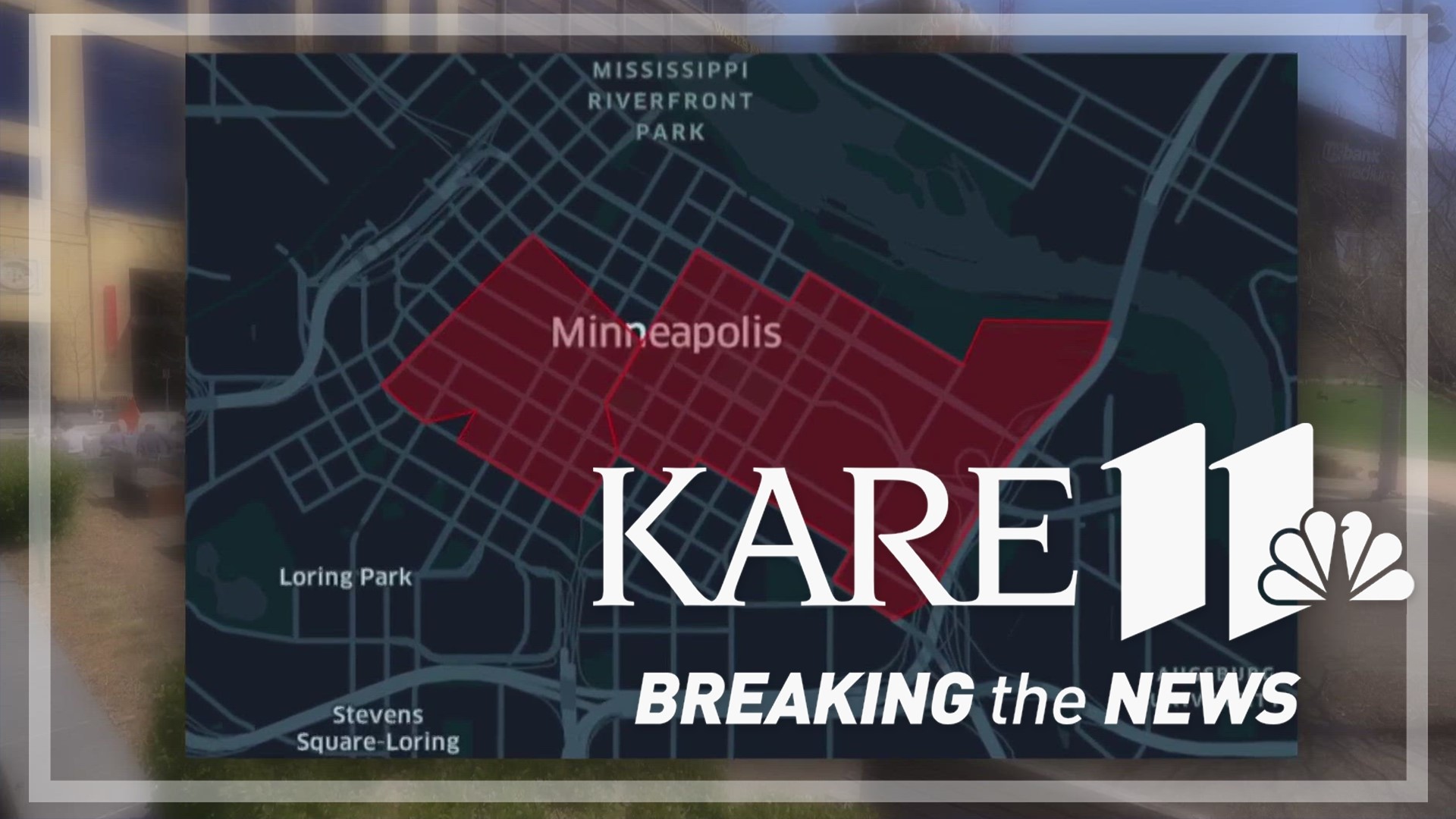MINNEAPOLIS — Two recent studies appear to paint very different pictures of the post-pandemic recovery in downtown Minneapolis.
On closer inspection, they appear to be comparing apples to oranges, or at least surveys and cell phone data.
Using Technology to Track Foot Traffic
Since the pandemic, the University of Toronto School of Cities has used mobile device activity in downtown zip codes to help understand actual foot traffic. It uses that data to produce recovery rankings for 63 major cities across the United States and Canada.
The most recent rankings - comparing winter months from November 2022 to February 2023 - found that Minneapolis ranked near the very bottom in terms of mobile device activity. The downtown area ranked 59th out of 63 cities, registering a nearly 60-percent drop in mobile device activity.
Using Surveys to Measure Visitor Habits
Just a few weeks ago, the Minneapolis Downtown Council touted the results of a two-year study that paints a much rosier picture of downtown activity, especially among monthly visitors.
The study was based on input from people who live in the city and surrounding suburbs. Participants filled out surveys once every other month from May 2021 through November 2022.
It found that 70 percent of city residents reported visiting downtown at least once in the last quarter of 2022, which exceeded pre-pandemic levels. For suburban residents, 44% visited downtown monthly at the end of 2022, compared to 40% in 2019.
Why do two studies seem so different? Geography matters.
The University of Toronto study only measured the two downtown Minneapolis zip codes with the highest employment density. That led to a critical border cut off right along Hennepin Avenue. Some of the biggest venues and draws for visitors, such as the Minneapolis Convention Center, First Avenue, Target Center and Target Field are all excluded, as well as surrounding restaurants. The entire North Loop neighborhood is also excluded, despite being one of the biggest bright spots for new businesses and housing after the pandemic.
"Definitely, for events, people are here," said Gabe Nielson who works at the Armory event center and music venue. "I mean, we've never been busier at the Armory. That's been fantastic."
Minneapolis Downtown Council cited that pull from entertainment and sporting events as a huge driver for the positive numbers in the past six months, and it appears as though the omission of those popular entertainment and hospitality areas did impact the Downtown Recovery Rankings.
According to a video breakdown of its own data, the University of Toronto mentioned that downtown areas with strong tourist and art sectors have come back the fastest.
Watch more Breaking The News:
Watch all of the latest stories from Breaking The News in our YouTube playlist:

